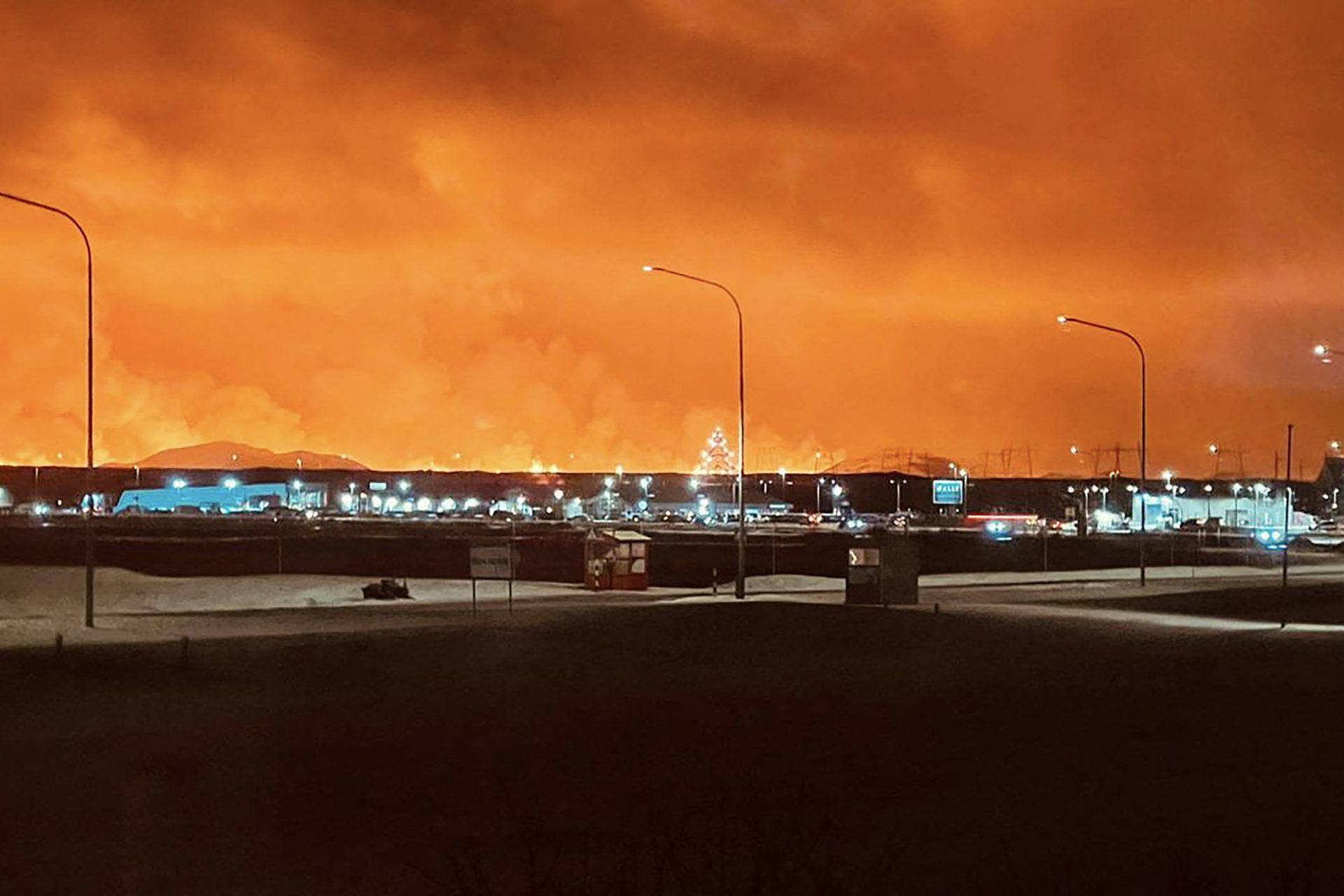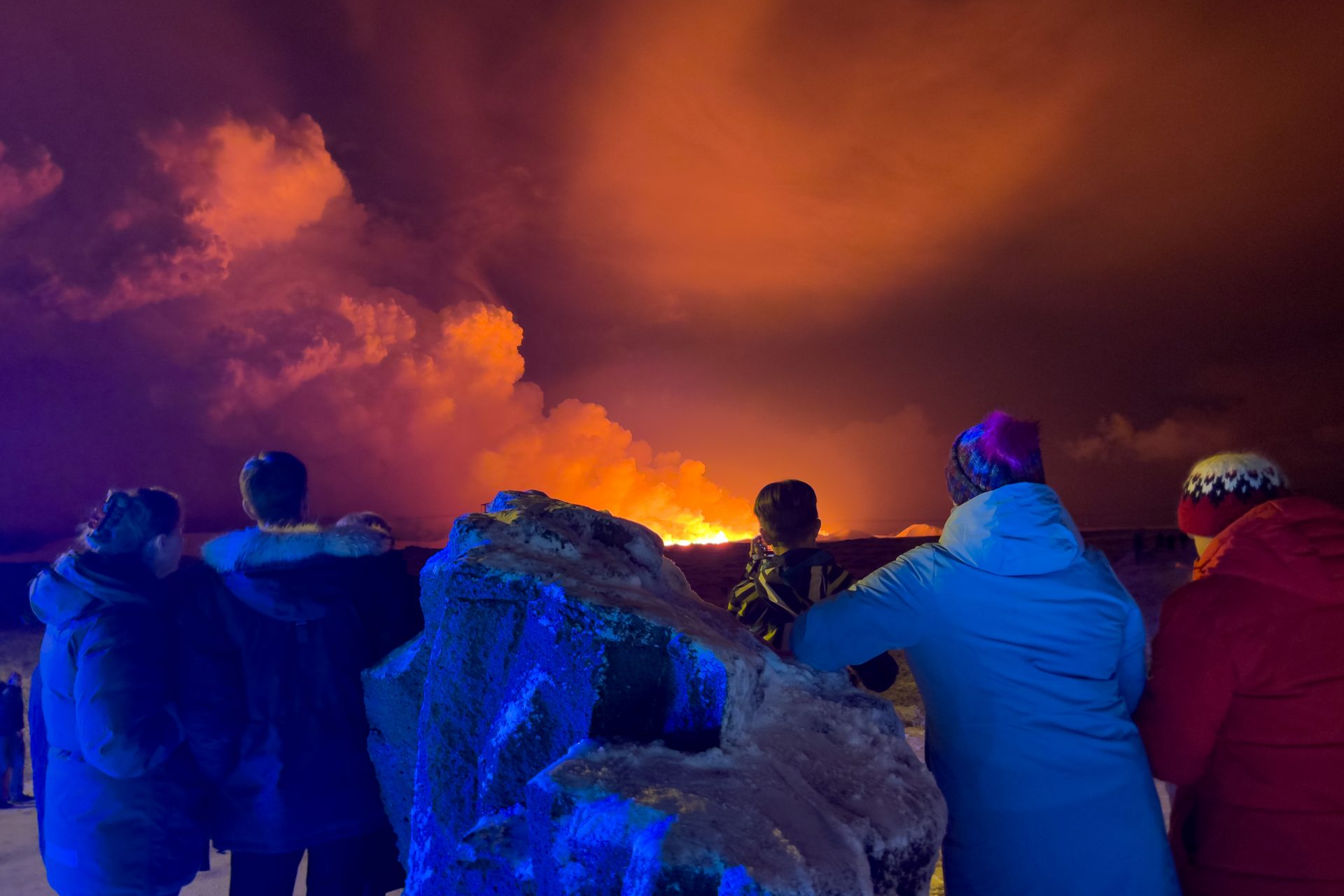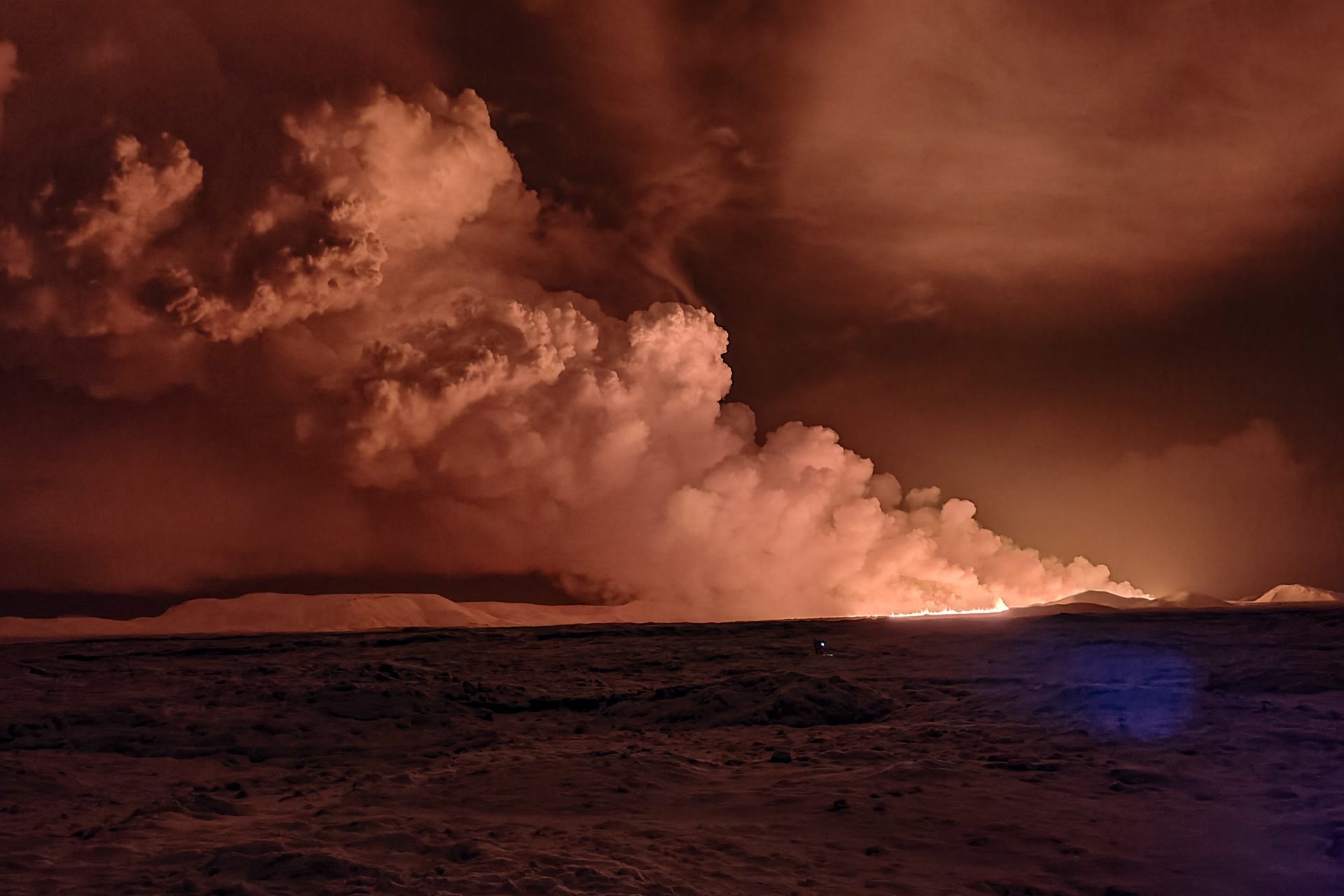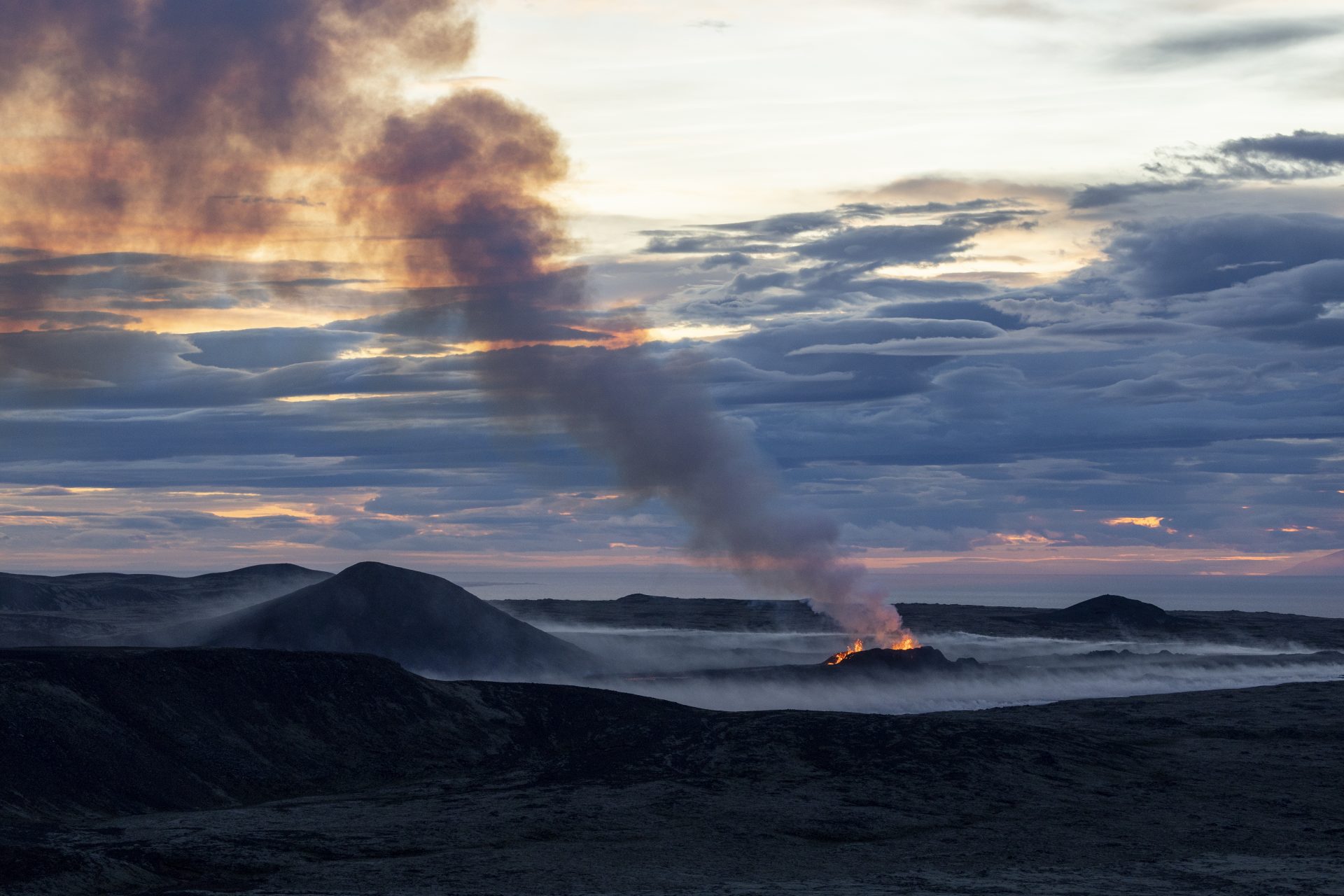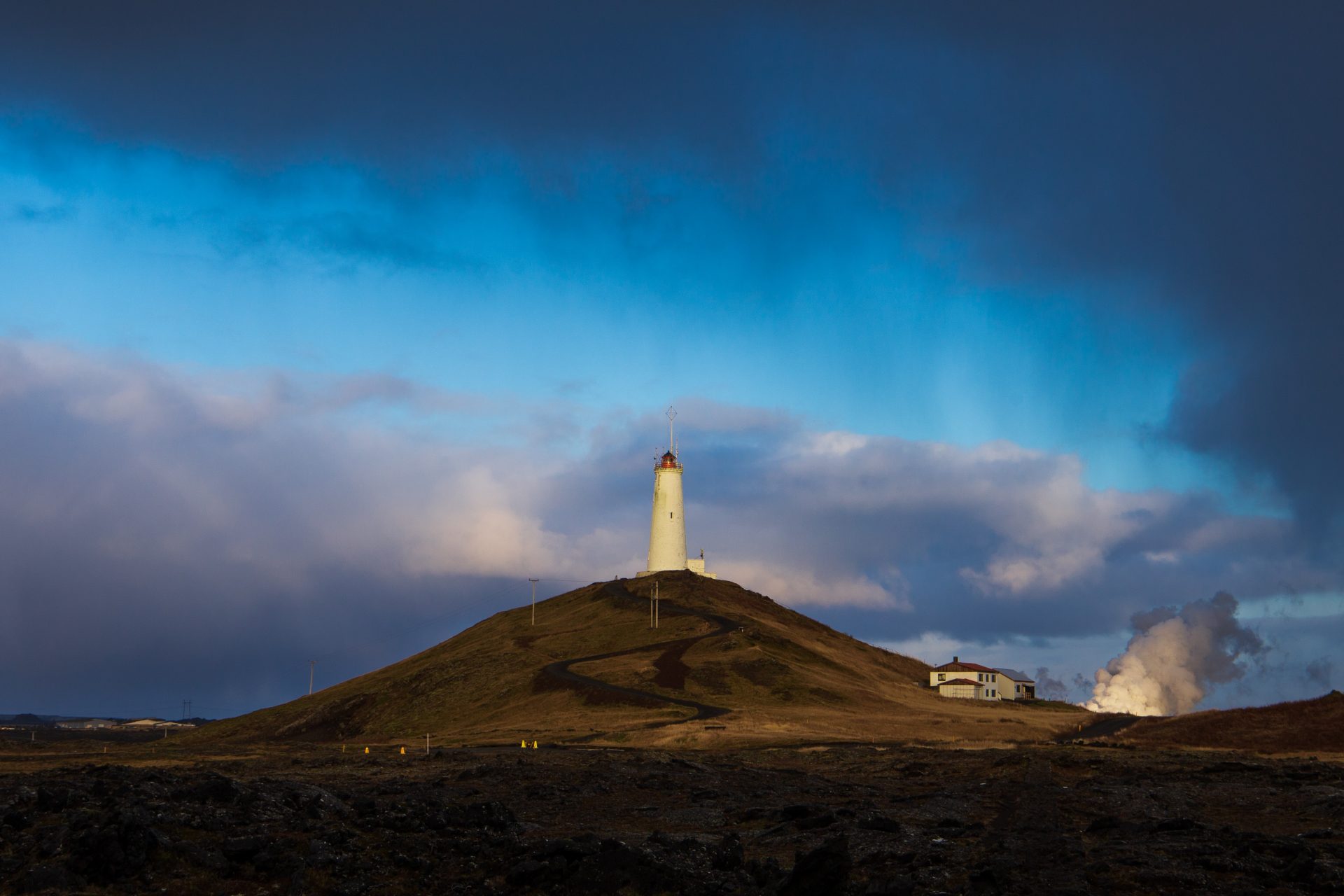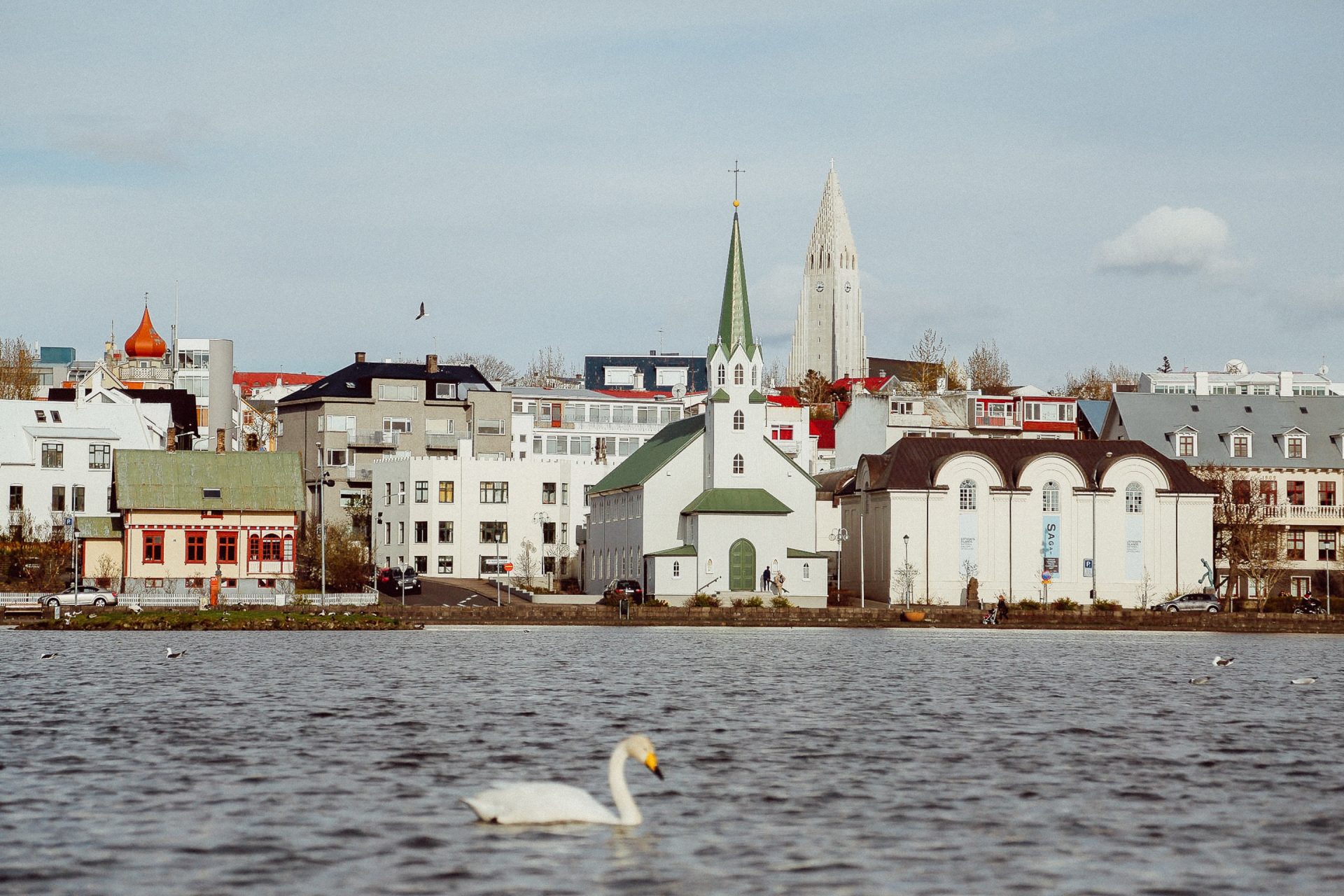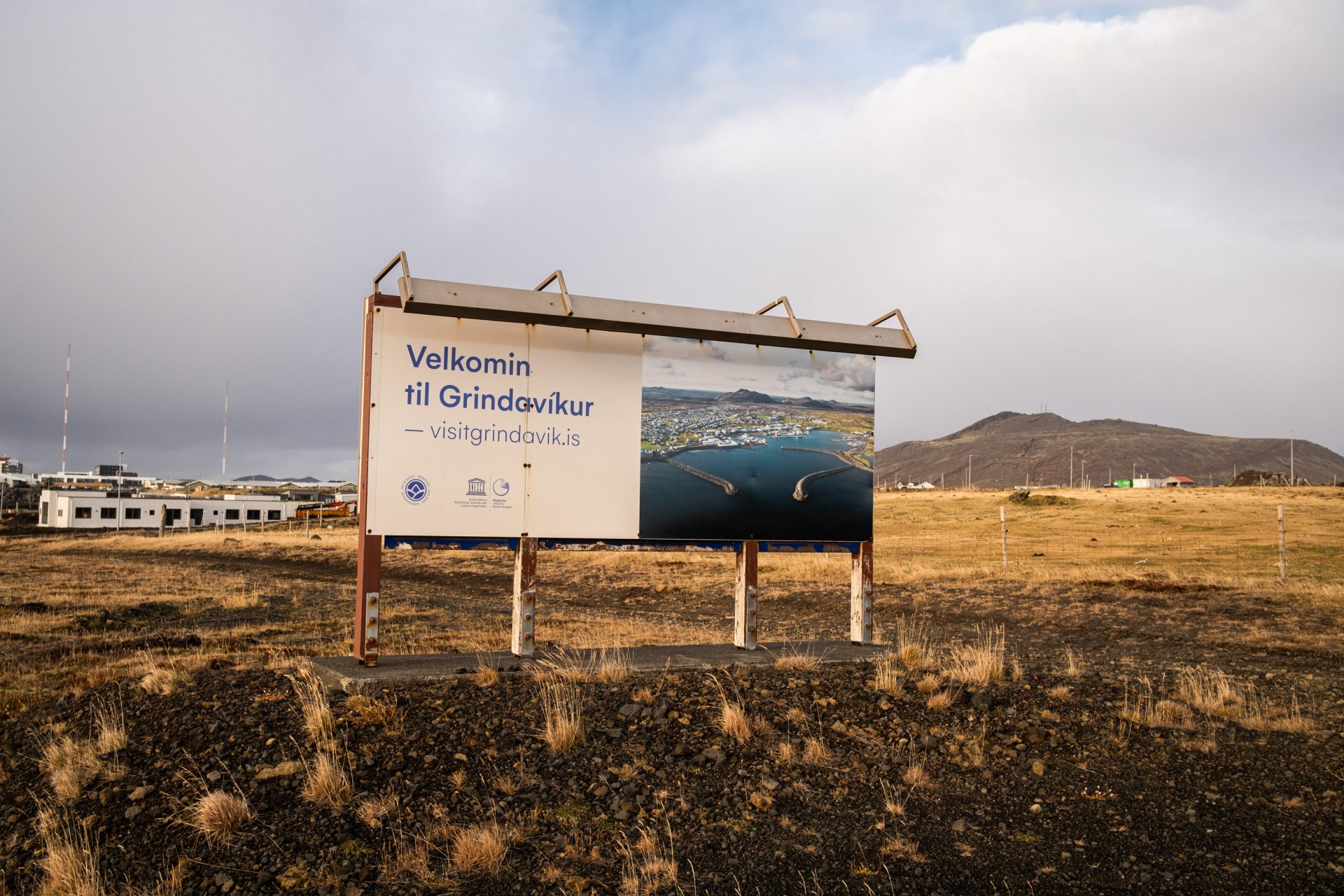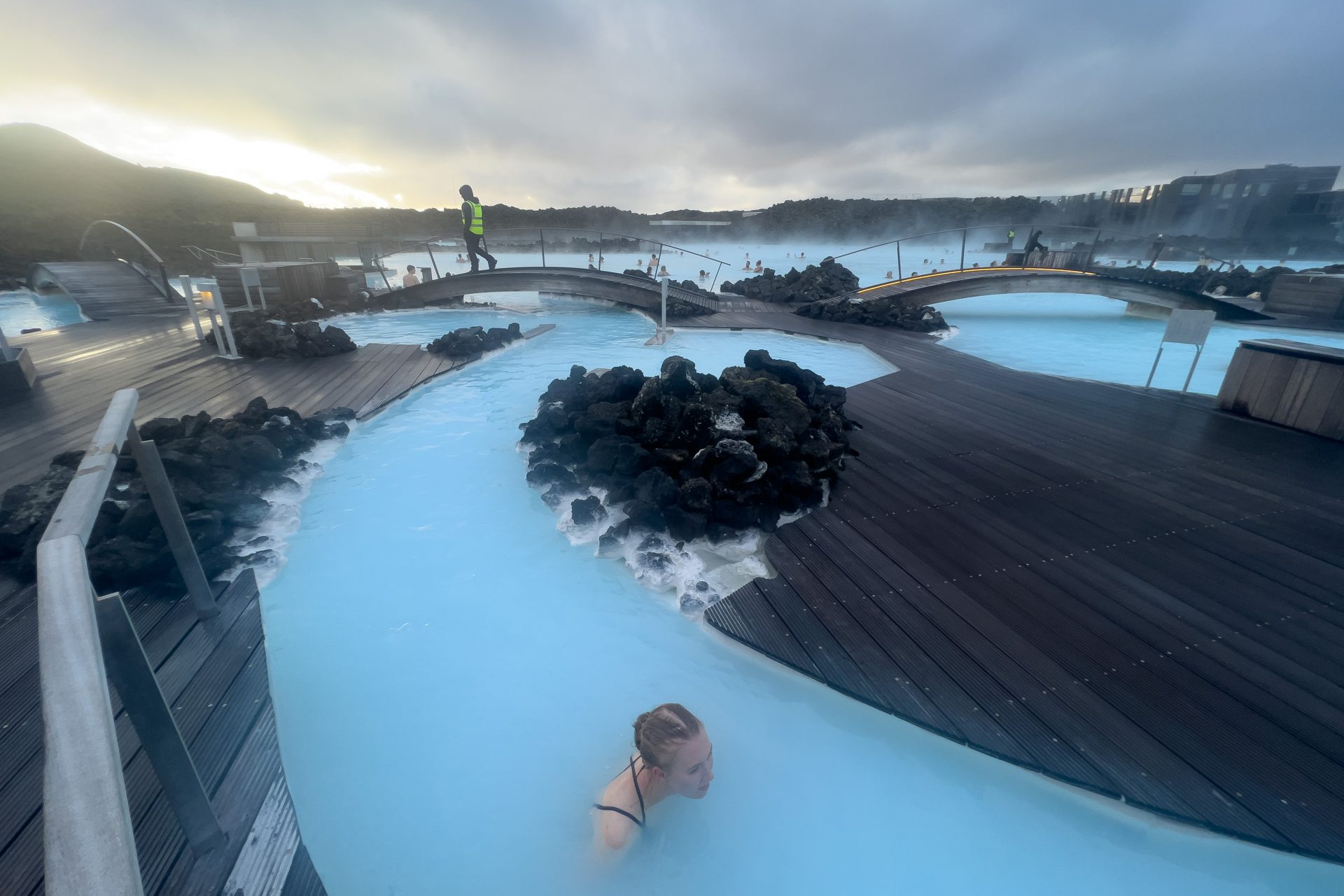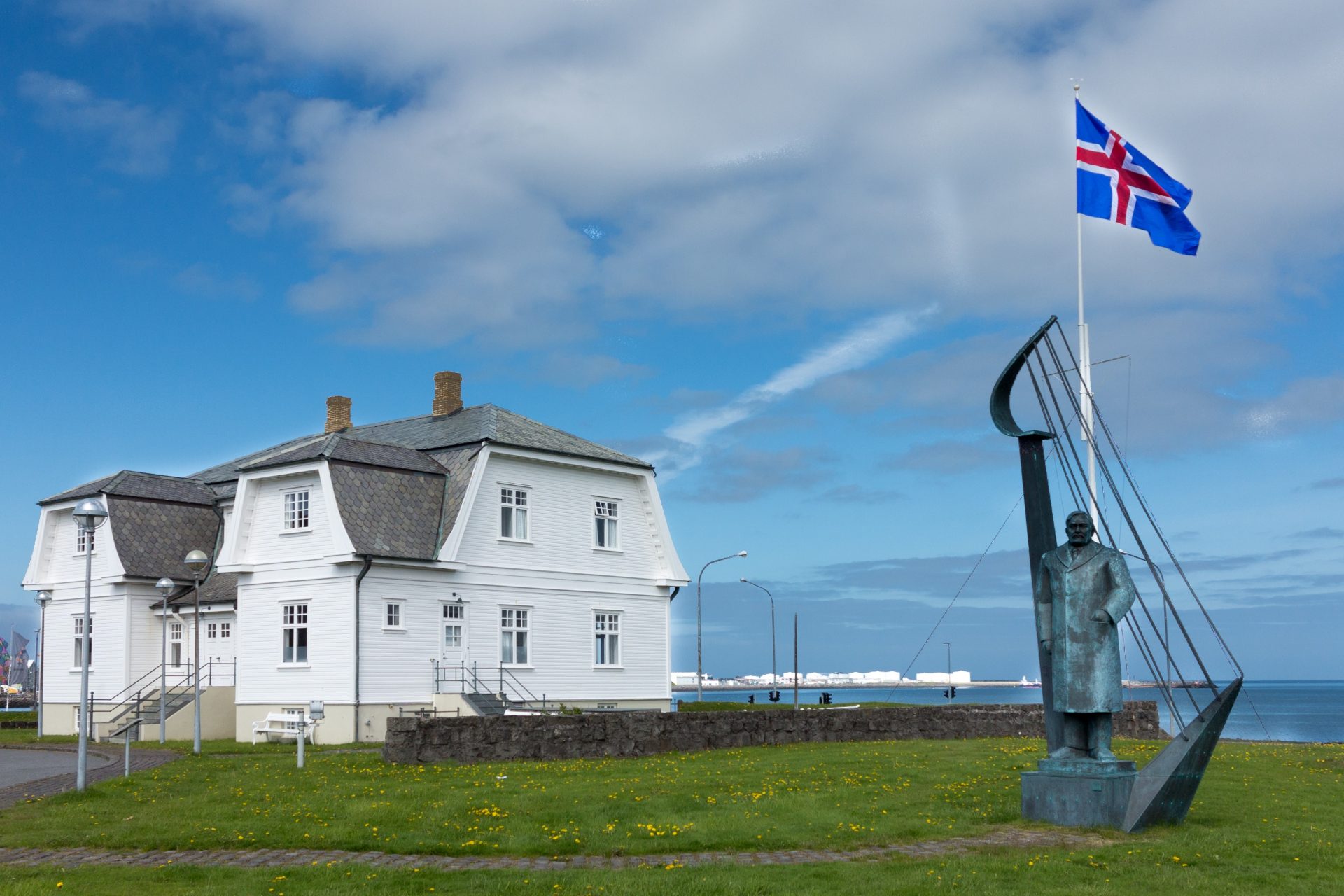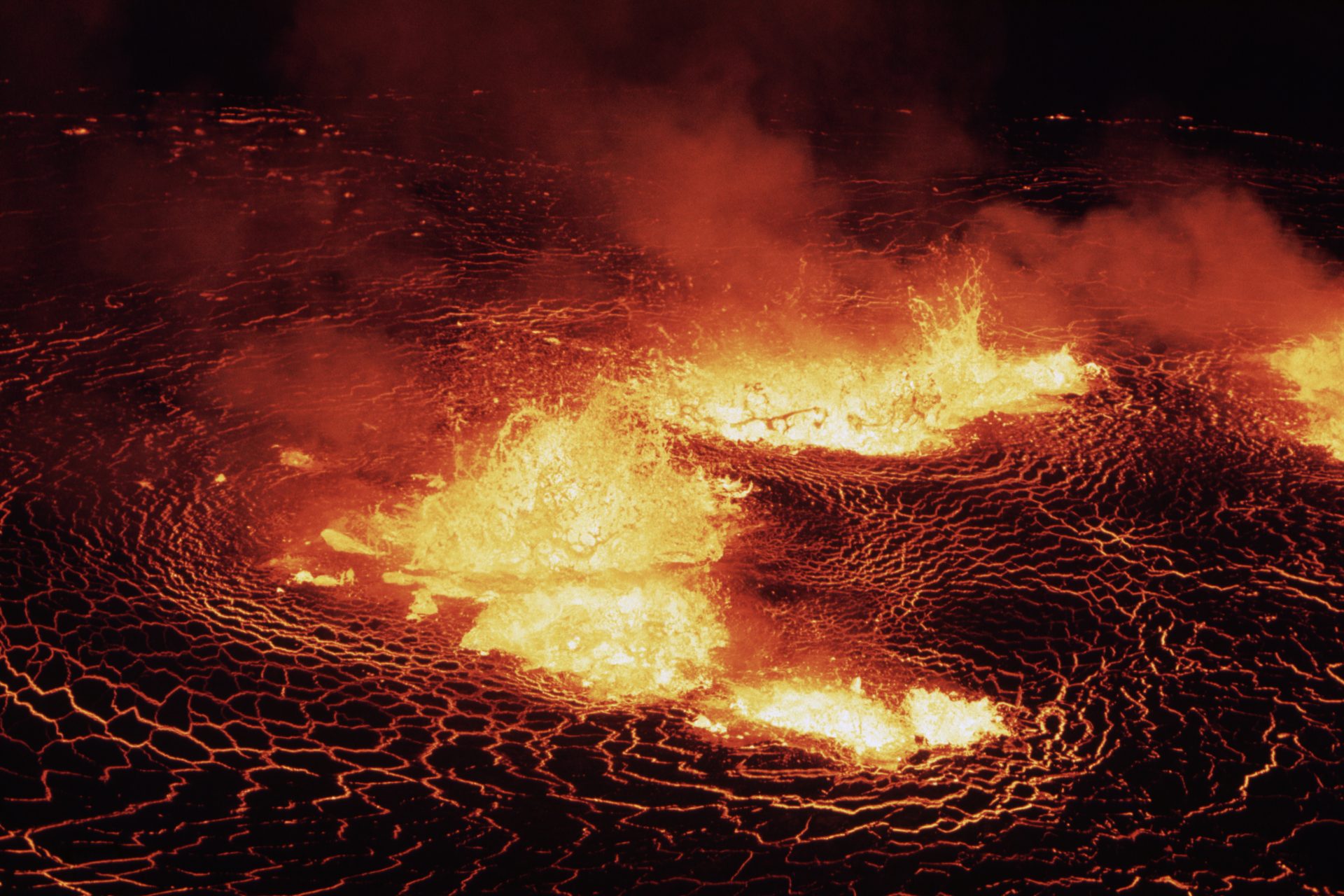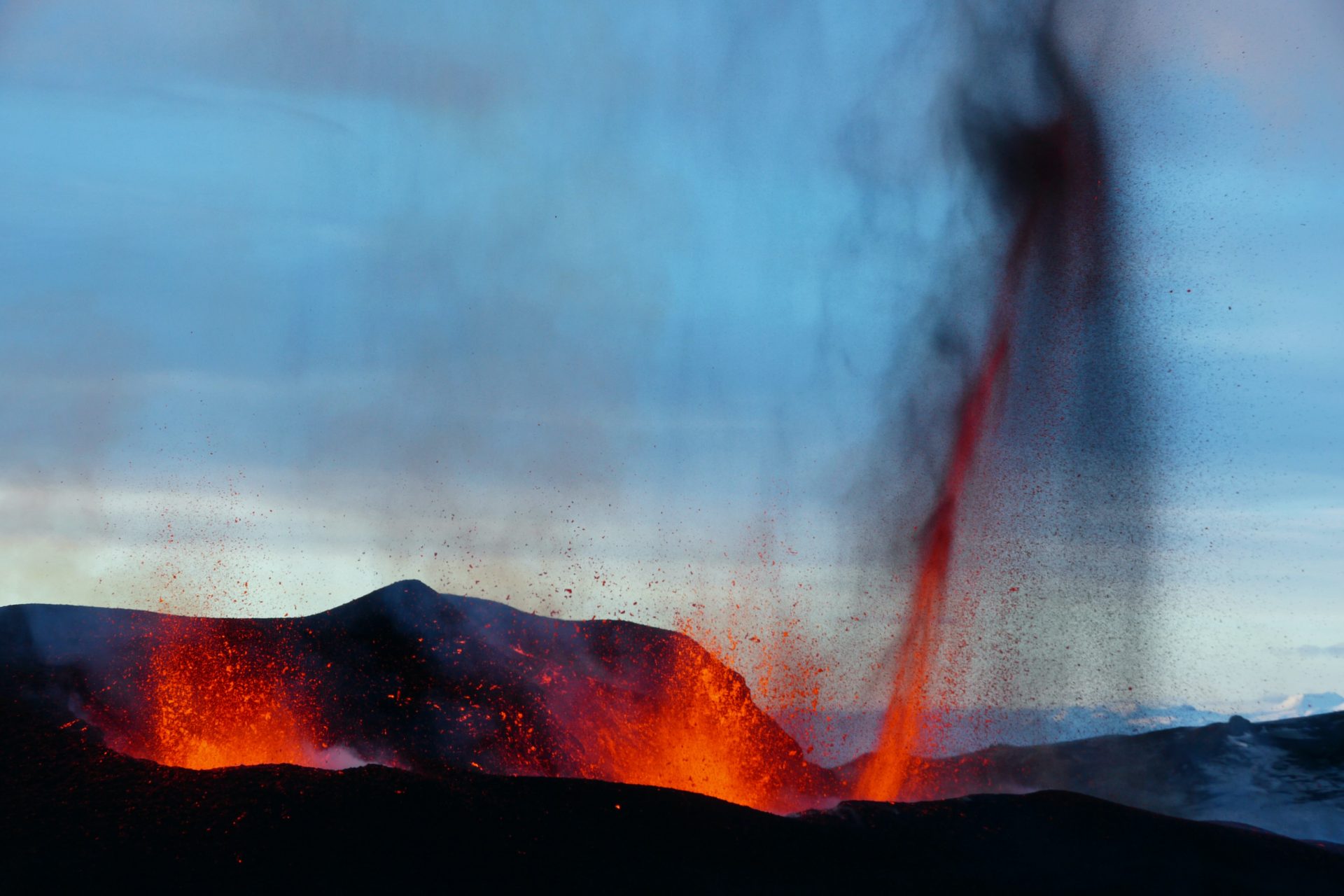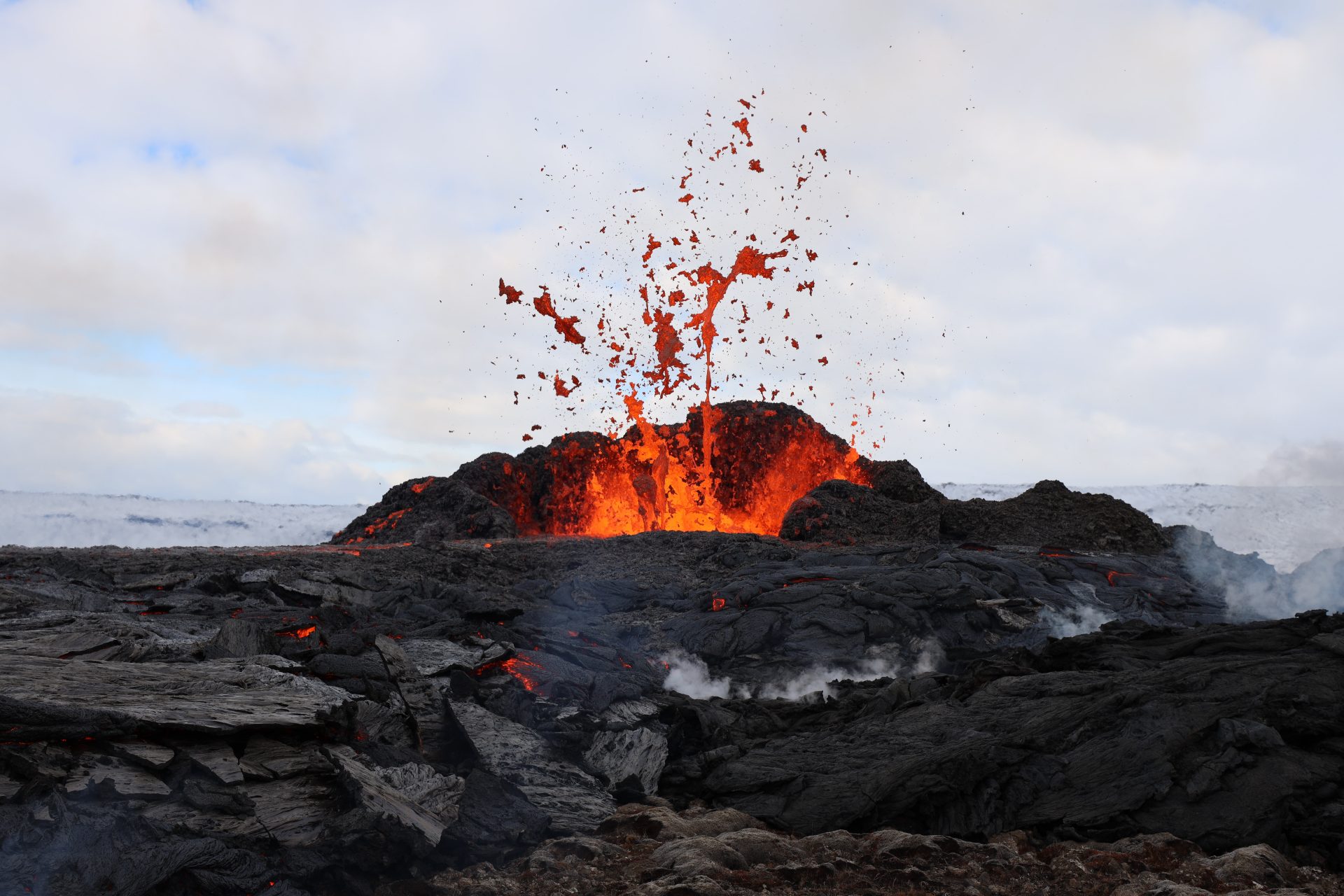Volcano erupts in Iceland's Reykjanes peninsula after weeks of tremors
After weeks of seismic activity and expectation, a volcano has erupted on Iceland's Reykjanes peninsula, spewing lava and smoke in a terrifying spectacle.
CNN reported that the volcano eruption started on December 18, around 10 pm local time, after a massive earthquake.
The eruption is known as a “fissure eruption” and is not expected to have an explosion, nor cause any disruption to local or international flights.
The government of Iceland had already declared a national emergency back in mid-November, when seismic activity became intense in the area.
According to British newspaper The Guardian, back in November, over 24,000 tremors were being registered in Iceland’s southwestern peninsula of Reykjanes.
Image: @tatizanon / Unsplash
However, local authorities have been swift on enclosing the area, which lies only 40 kilometers (25 miles) southwest of Reykjavík, Iceland's capital.
Image: evelynparis / Unsplash
DW writes that local authorities evacuated the town of Grindavik, with some 4,000 inhabitants. Ground zero of the volcano eruption is northeast of the town.
Grindavik is a tourist town, known for its spas and thermal waters. This includes the world-famous Blue Lagoon thermal pool, which could be destroyed by the volcano eruption.
“It is clear that we are dealing with events that we Icelanders have not experienced before, at least not since the eruption in Vestmannaeyjar”, the Icelandic government agency declared, per CNN.
Euronews explains that Iceland has 33 active volcano systems, the highest in Europe.
Image: @einarr05 / Unsplash
In 1973, an eruption on the island of Vestmannaeyjar caused a month-long evacuation, with hundreds of buildings destroyed.
However, the most memorable volcanic eruption in Iceland in recent memory was Eyjafjallajökull in 2010.
Image: @marcszeglat / Unsplash
As a result, for several months, air traffic in Western Europe was disrupted in over 20 countries.
Though, it’s important to remember that nobody died as a consequence of the Eyjafjallajökull eruptions.
The only thing that remains is to wait and see and hope we don’t see another Eyjafjallajökull in the making.
Image: @tobyelliott / Unsplash
Nonetheless, the Icelandic government has asked residents to remain calm and stay away as possible from the area.
More for you
Top Stories



